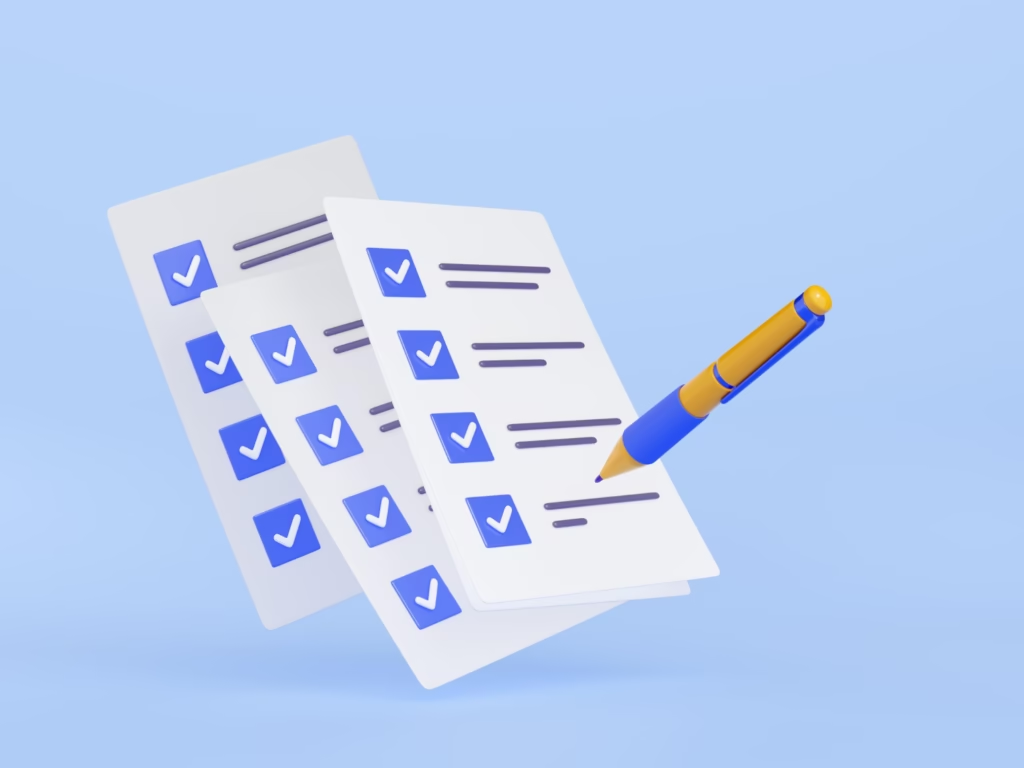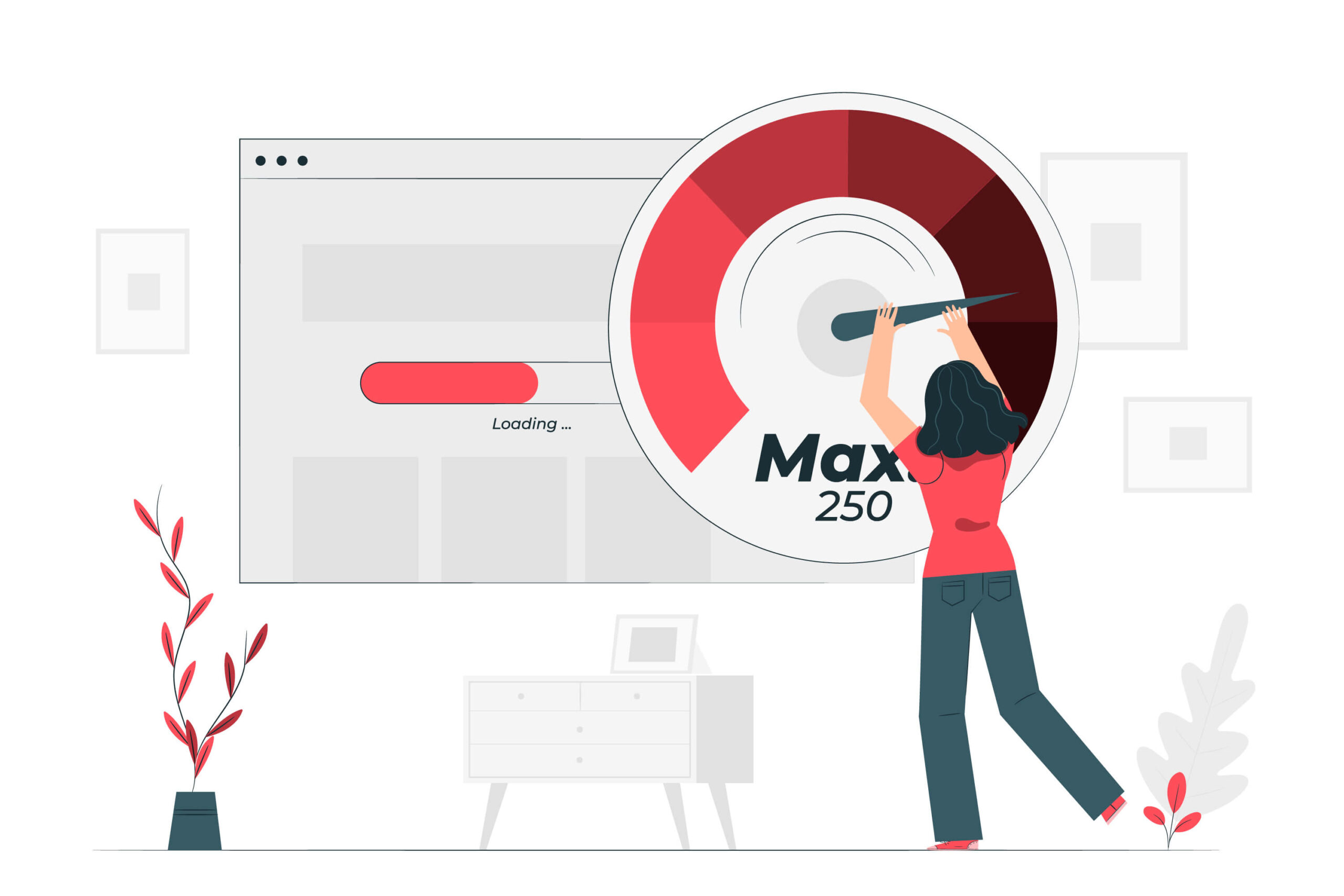For every 100 people who visit an average Nigerian e-commerce site, over 70 will leave without making a purchase. A huge number of them leave for one simple reason: the website was too slow.
They clicked a link, waited for what felt like an eternity as their data ticked away, and gave up. It’s a silent sales killer that happens thousands of times a day. In a mobile-first market like Nigeria, where users are often on variable data networks, a slow website is a critical business failure.
This is where website speed optimization becomes one of the most powerful tools for growth. In this guide, we will go deep into the reasons your website is slow and provide a clear, comprehensive plan for effective website speed optimization.
Why a Slow Website is Costing You Money
Before we touch any technical settings, let’s be crystal clear about the financial impact. A slow website burns money in three distinct ways:
1. Direct Loss of Sales: This is the most obvious cost. According to Google, the probability of a visitor leaving your site (bouncing) increases by 90% if your page load time goes from 1 second to 5 seconds. Every potential customer who bounces is a direct loss of revenue.
2. You Become Invisible on Google: Google’s primary goal is to provide its users with the best experience. It sees a slow website as a bad experience and will actively rank your faster competitors above you. The cost here is invisibility, and potential customers searching for your service will end up seeing your competitor first.
3. Wasted Ad Spend: Are you running Instagram, Facebook, or Google Ads? You are paying for every single click that sends a user to your website. If they land on a slow page and immediately leave, you have paid for absolutely nothing. You’ve essentially paid to give a potential customer a frustrating experience that weakens your brand.
4. Damaged Brand Trust: A fast, professional website signals competence and reliability. A slow, clunky one feels amateurish and insecure, especially to discerning Nigerian shoppers. It creates a subconscious feeling that if you can’t get your website right, you can’t be trusted to get your product or service right either.
5. You Lose Customers for Life, Not Just for a Day: A great first impression can create a loyal customer who returns again and again. A frustrating one ensures they never come back. The true cost isn’t the ₦20,000 product they didn’t buy today; it’s the hundreds of thousands of Naira they won’t spend with you—and may tell their friends not to spend with you—over the next five years. You don’t just lose a sale; you lose a lifetime of value.
Related: A Nigerian Business Owner’s Guide to Core Web Vitals (LCP, INP, & CLS)
Your Website Speed Optimization Checklist

Diagnosing a slow site can feel overwhelming, but most issues fall into a few key categories. Let’s go beyond the basics and look at what’s really happening under the hood and how to solve them.
1. Heavy Images
This is the most common issue slowing down websites, but the solution is more nuanced than just making them smaller.
Compress, Then Upload: Before an image ever touches your website, it must be compressed. Use a tool like TinyPNG. It uses lossy compression, which intelligently removes unnecessary data from the image file, drastically reducing its size with almost no visible drop in quality.
Implement Lazy Loading: Lazy loading tells the browser not to load any images that aren’t currently visible on the screen. The images only load as the user scrolls down the page. This makes the initial page load incredibly fast. Most modern caching plugins (like WP Rocket) have a simple checkbox to enable this.
Related: Image Optimization: Boosting Your Website Speed and User Experience
2. Poor Hosting Plan
Most new businesses opt for cheap “shared hosting” plans. Your web hosting is the engine of your website. A cheap engine will sputter and fail when you need it most.
- Choose the Right Hosting Type: For a serious business, a Virtual Private Server (VPS) is a major step up.
- Prioritize a Good Provider: Invest in a reputable hosting company known for performance. Look for features like SSD storage, PHP 8+, and excellent customer support.
3. No Caching
Without caching, your website is incredibly inefficient. The result is that every time someone visits your site, your server has to fetch information from your database, assemble the page files, and then send the final result to the user’s browser. This takes time and processing power.
To fix this,
- Use Server-Side Caching: A caching plugin (like W3 Total Cache or LSCache) pre-cooks the meal. It creates a ready-made, static HTML version of your pages. When a user visits, the server can instantly deliver this saved version, which is dramatically faster.
- Leverage Browser Caching: Caching also tells a returning visitor’s browser to “remember” certain files, like your logo and images. This way, on their second visit, they don’t need to download everything all over again.
4. Use a Content Delivery Network (CDN)
A CDN is a network of servers spread all over the world. It saves a copy of your site’s static files (like images and code) on these servers. If a customer, say from Ibadan, tries to visit your website, the CDN delivers the files from the closest server, drastically cutting down the travel time.
The easiest way is to use a service like Cloudflare. They offer a generous free plan that is simple to set up and provides an immediate performance and security boost.
5. Minify Your Code (HTML, CSS, & JavaScript)
Your website’s code files often contain extra spaces, comments, and line breaks that are helpful for developers but useless for the browser. Minification is the process of automatically removing all of this “wasted space” to make the code files smaller and faster for a browser to download and process.
Don’t worry, you don’t need to be a coder. Most good caching plugins (like WP Rocket and W3 Total Cache) have simple checkboxes to enable HTML, CSS, and JS minification.
Conclusion
Website speed optimization is a core, non-negotiable component of a successful digital strategy. Every step you take to make your website faster is a direct investment in your user experience, your brand’s credibility, your SEO rankings, and, ultimately, your revenue.
Feeling overwhelmed by the technical side of website speed optimization? That’s what we’re here for.
Contact Edens Digital today for a free, comprehensive website speed audit. We’ll analyze your site, identify the key issues, and provide you with a clear action plan to get your website into the fast lane.




